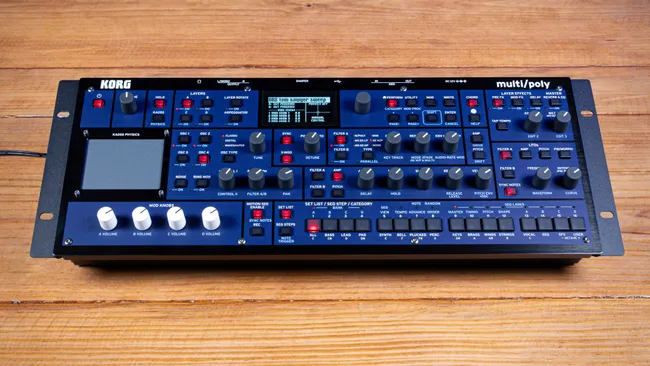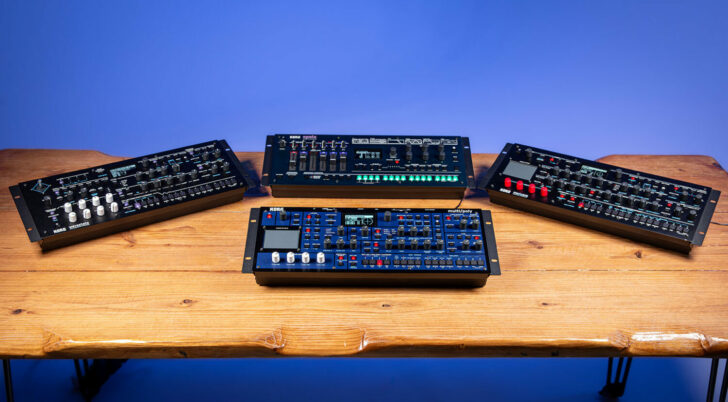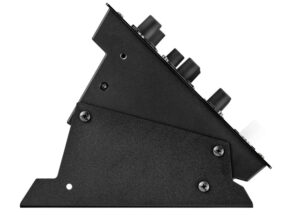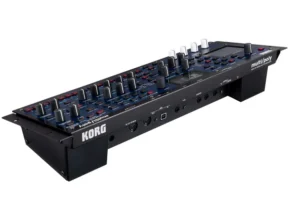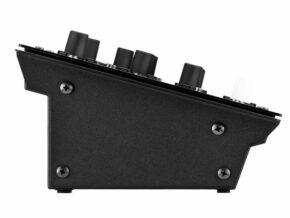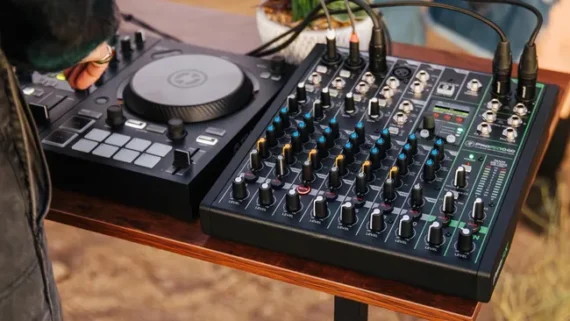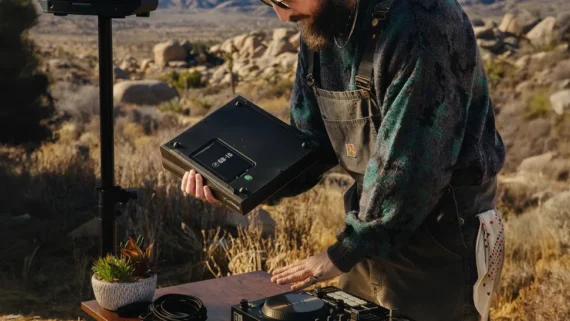Korg Intros New KRONOS Workstation Keyboard At 2025 NAMM Show
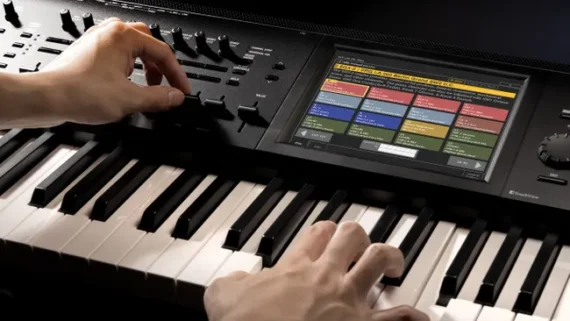
Korg has revived its beloved Kronos workstation, unveiling an updated model that promises to be faster and more flexible then previous incarnations, as well as being packed with fresh sounds.
2025 NAMM Show: Korg has officially introduced the KRONOS, a new version of the workstation keyboard that originally debuted in 2011.
The new KRONOS arrives with a reengineered system architecture that will, according to Korg, result in 60% faster start up time. The central touch screen interface has been redesigned too, promising to be faster, more responsive and more intuitive in use.
Under-the-hood, however, the overall design is very similar to that of previous incarnations. The sounds themselves are provided via nine independent sound engines, each of which is essentially its own self-contained synthesizer.
These include piano, organ and EP emulations, along with virtual analogue synths based on Korg classics, PCM sampling synthesis, FM, physical modelling and more. The Kronos also features Korg’s Drum Tracks engine, which can be used to generate accompanying rhythm parts




This latest KRONOS contains the full existing library of sounds, giving users access to over 300 full libraries. The new KRONOS expands on these classic sounds too though, adding 256 additional programs including a new Italian Grand Piano, a new vintage tine electric piano and expanded range of FM-based piano sounds.
The KRONOS is also expandable, with a 62GB SSD allowing for user sampling – using the Open Sampling System – and sound library expansion. The keyboard also features 16 audio and 16 MIDI tracks for sequencing and recording, as well as extensive Set List capabilities.
Reading between the lines of this talk of backwards compatibility and classic sounds, however, lies the fact that this new Korg KRONOS’s OS itself is listed as Kronos System Version 3.2, indicating it’s likely only a minor update to the 3.1.3 OS last seen in the discontinued models.
KRONOS comes preloaded with sounds from the KRONOS Sound Libraries.
- KRS-08 Best of TRITON: A brilliant and inspiring collection of 128 programs from one of the biggest selling synthesizers of all time and included here as a preloaded gift.
- KRS-04 Pro Splits and Layers: Essential keyboard splits and layers optimized for real-time performance.
- KRS-05 Ensemble Combinations: Band-friendly ensembles featuring brass, strings, and synths.
Additionally, KRS-06 and KRS-06B CX-3 Signature Sounds offers 256 CX-3 organ programs.
Chronology
The original Kronos arrived in 2011. An updated Kronos X model followed in 2012, which was then superseded by the Kronos 2 in 2014. Korg released various OS updates and new sounds across the course of the decade, before finally discontinuing the Kronos in 2022.
While the popularity of workstation keyboards has peaked and dipped over the years, the concept has had something of a resurgence recently, with the likes of Roland’s Fantom range, Yamaha’s Montage and Akai’s MPC Keys all putting a modernised spin on the format.
The Kronos proved to be one of the most popular workstations of the 2010s, seen on-stage or in the studios with a broad range of artists from Chick Corea to Mark Ronson, Vangelis, and even The Roots.
New KRONOS intro video:
Hardware wise, the new Kronos boasts a powder-coated metal body with black wooden side panels. It comes in 61, 73 and 88 key iterations, the first with a Natural Touch semi-weighted keyboard, the larger two with RH3 hammer-action keys (which, again, appear to be the same as older versions).
Korg KRONOS Demo Songs:
Prices are set to start at £2649, but we’re still awaiting full price and release date information. Visit Korg site for more.
